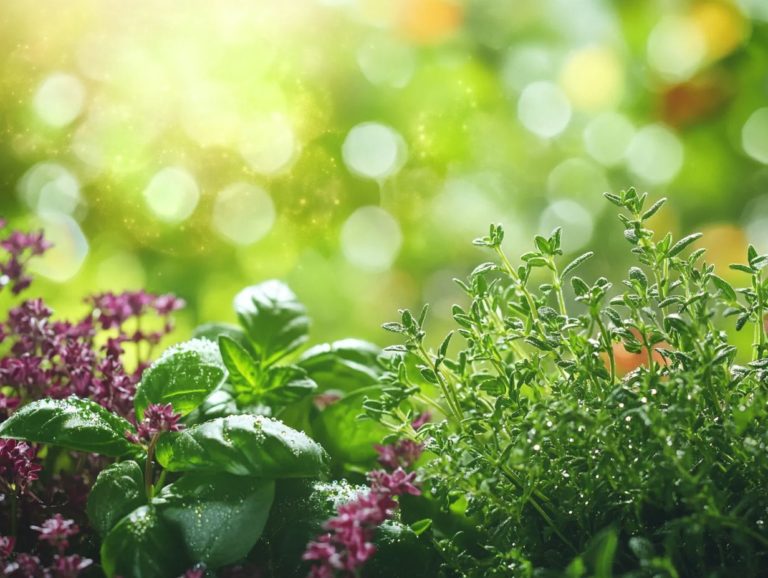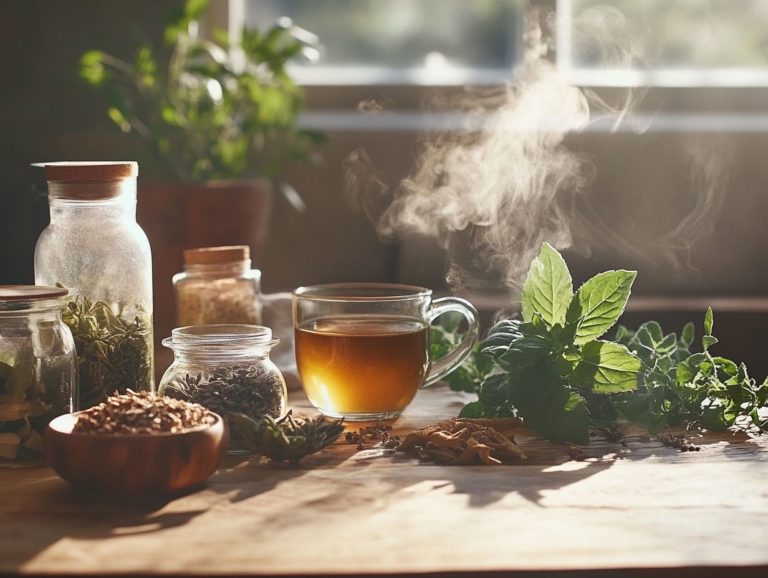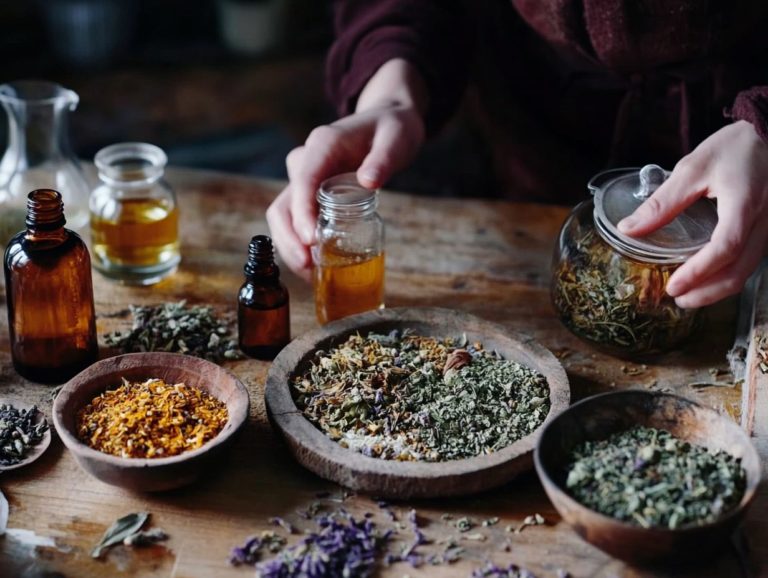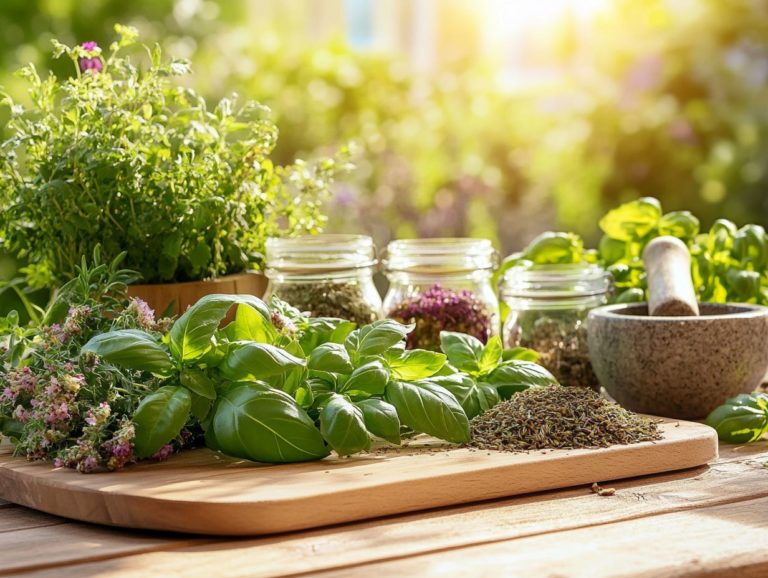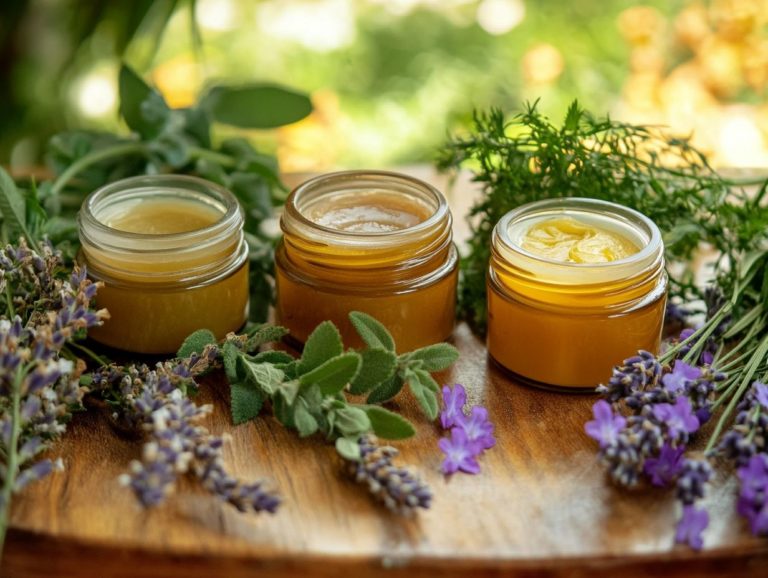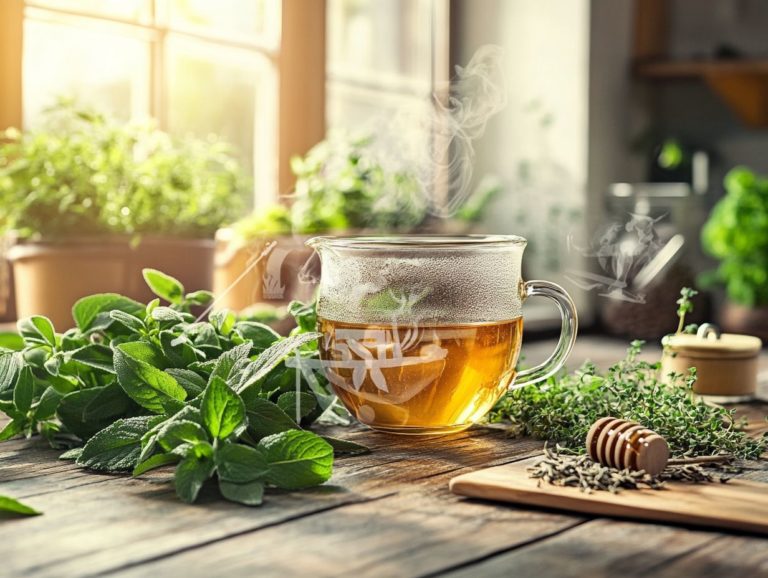How Do Climate Conditions Affect Herbs?
Understanding how climate affects herbs is crucial now more than ever! Climate significantly influences the way herbs flourish, playing a vital role in their growth patterns and flavor profiles.
By examining temperature, sunlight, and water requirements, you ll discover how these essential elements shape the herbs you cherish.
The impact of climate change on herb production reveals critical insights and strategies for successful cultivation across various environments. Dive in as you unravel the intricate relationship between climate conditions and the herbs that enrich your culinary experiences.
Contents
Key Takeaways:
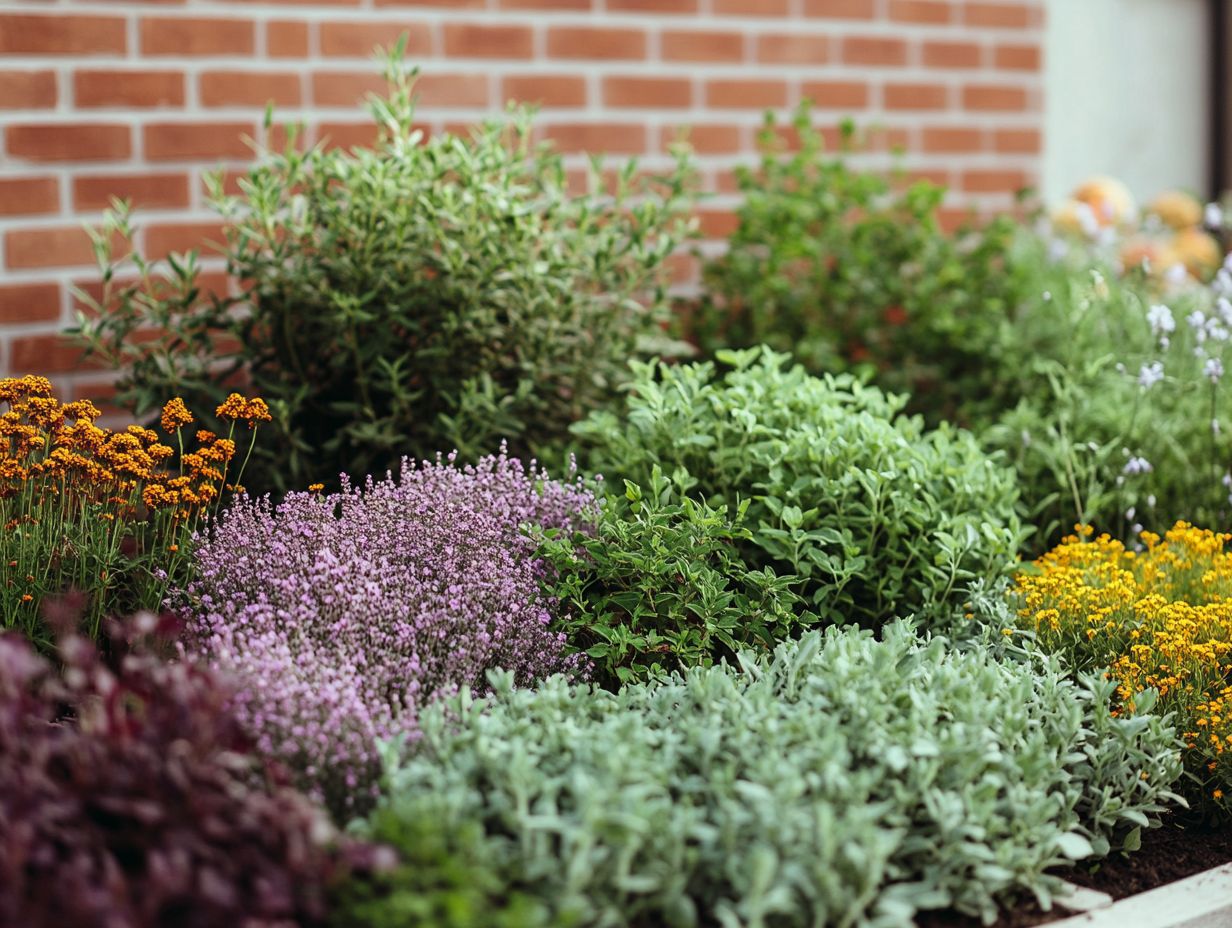
- The relationship between climate and herbs is crucial to understanding how to successfully grow and use them.
- Temperature, sunlight, water, and humidity all significantly affect the growth and quality of herbs.
- Climate change can impact herb production, but adapting cultivation techniques can help mitigate these effects.
Understanding Climate Conditions and Herbs
Grasping the influence of climate conditions on organic and medicinal herbs is vital, particularly in light of climate change, which has transformed agricultural systems and intensified the frequency of extreme weather events.
Producers like Gaia Herbs are aware of the need to adapt their herbal farming practices to sustain crop yields and maintain herb quality in the face of these challenges.
The relationship between plant adaptation and environmental variations is important in determining the sustainability of herbal supply chains. This underscores the need for a proactive approach in this evolving landscape.
The Relationship Between Climate and Herbs
The connection between climate change and herbs is becoming increasingly crucial as changing weather patterns influence the quality of herbs and local biodiversity.
These environmental shifts can alter germination timings and irregular growth cycles, affecting not just the herbs but also the ecosystems that depend on them. With seasons in flux and unpredictable precipitation patterns, you may notice herbs sprouting earlier or later than usual, which intensifies competition for resources among various plant species.
Maintaining ecological resilience is essential. By integrating sustainable practices, you can help preserve the diversity and quality of herbs. Cultivating adaptable varieties and promoting healthy soil management ensures that herbal populations can thrive, even amid the challenges presented by a changing climate.
Effects of Climate on Herb Growth
The effects of climate on herb growth involve a myriad of factors, including temperature, sunlight, and humidity all vital for thriving herbal farming and food production.
Every herb, like Echinacea and Passionflower, has specific needs that you must fulfill to achieve optimal growth and quality.
Moreover, understanding how climate change induces drought stress and impacts water availability is crucial for adopting sustainable gardening practices.
Temperature and Sunlight Requirements
Temperature and sunlight requirements are crucial for your herbal farming success, as they dictate the seasonal growth patterns of various herbs.
For example, Lemon Balm thrives in warmer temperatures between 60 F and 80 F and loves basking in full sun, though it can adapt to partial shade if needed. On the other hand, Ashwagandha prefers slightly higher temperatures, ideally ranging from 75 F to 90 F, and craves ample sunlight to flourish.
Variations in climate can significantly disrupt these optimal conditions, leading to stunted growth or diminished potency. Insufficient warmth or inadequate light can hinder the herb’s ability to develop its full flavor profile and medicinal properties, ultimately impacting its health and productivity.
For you as a grower, understanding these specific needs is essential for ensuring a thriving harvest. Start adapting your gardening techniques today for a better harvest tomorrow!
Water and Humidity Needs
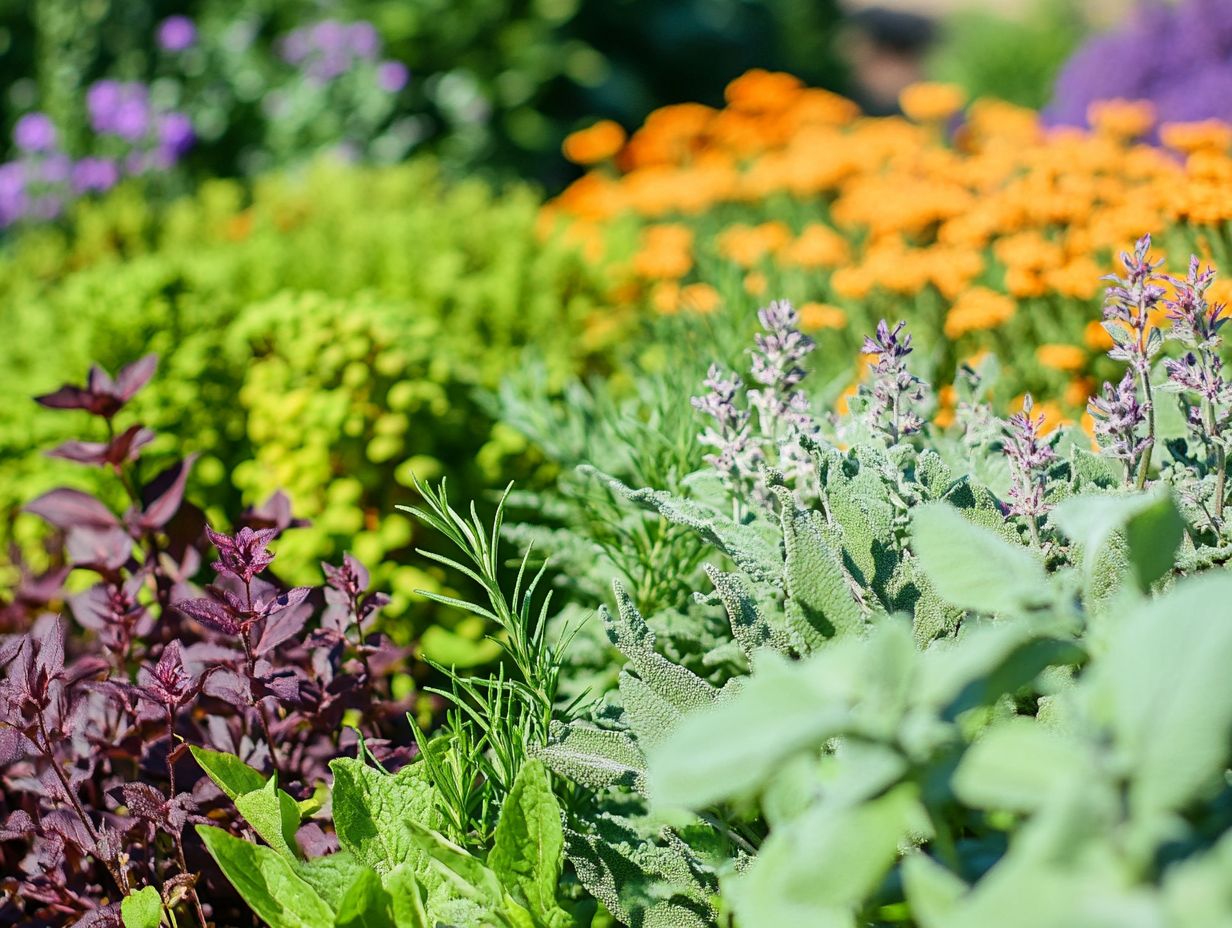
Water and humidity are vital for growing herbs. They require specific irrigation systems to combat drought stress in our changing climate.
Understanding the diverse water needs of your herbs is essential. Some species thrive in moist soil, while others prefer drier conditions. By using effective irrigation systems, such as drip irrigation or rainwater harvesting, you can optimize water use and minimize waste. These methods conserve water and enhance soil health, supporting sustainable practices for long-term herb cultivation.
For example, combining mulching with moisture-retentive materials can significantly improve water retention in the soil. This benefits the growth of delicate herbs. Employing these eco-friendly techniques is crucial for adapting to the challenges posed by shifting environmental conditions.
Climate-Induced Changes in Herb Flavor and Nutrient Content
Climate-induced changes can profoundly influence the flavor and nutrient content of herbs. These changes alter the relationships between plant chemicals that are vital for herbal products.
As climate change progresses, fluctuations in temperature and precipitation may shift the flavor profiles of widely used herbs like St. John’s Wort and Hawthorn Leaf. Such alterations can significantly affect their culinary and medicinal applications, leading to a re-evaluation of their roles in cooking and herbal remedies.
How Climate Affects Flavor
Climate plays a key role in shaping the flavor profiles of herbs. Environmental factors intricately influence taste and aroma.
Temperature variations can significantly alter the chemical composition of plants, impacting their aromatic qualities. For example, the Allspice Berry flourishes in tropical climates where warm, humid conditions enhance its complex flavors.
Similarly, Cardamom thrives in cooler, shaded areas of tropical forests, developing its distinctive spicy undertones. Soil conditions, including pH and mineral content, further enhance these characteristics, creating a rich tapestry of flavors that chefs and home cooks eagerly incorporate into their culinary masterpieces.
By understanding these dynamics, you cultivate a deeper appreciation of herbs, elevating simple dishes into extraordinary gastronomic experiences.
Nutrient Changes Due to Climate
Changes in climate can lead to significant nutrient alterations in herbs, ultimately affecting their efficacy in herbal medicine and the overall health benefits they provide.
Variations driven by temperature shifts, changing precipitation patterns, and rising levels of carbon dioxide profoundly impact the nutrient profiles of herbs. For example, while higher temperatures may boost certain antioxidants, excessive moisture can dilute essential vitamins and minerals.
This fluctuation influences the medicinal properties of these plants and presents challenges for producers striving to meet your demands for high-quality, nutrient-rich products. Both consumers and producers must prioritize sustainable agricultural practices to preserve the integrity of herbal offerings, ensuring they remain effective for therapeutic use.
Adapting Herb Cultivation to Different Climates
Adapting your herb cultivation to various climates requires implementing climate adaptation strategies that safeguard the quality of your herbs amidst environmental fluctuations. This approach is essential for preserving the efficacy of medicinal herbs in an ever-changing world.
Ready to grow your best herbs yet?
Strategies for Growing Herbs in Various Climates
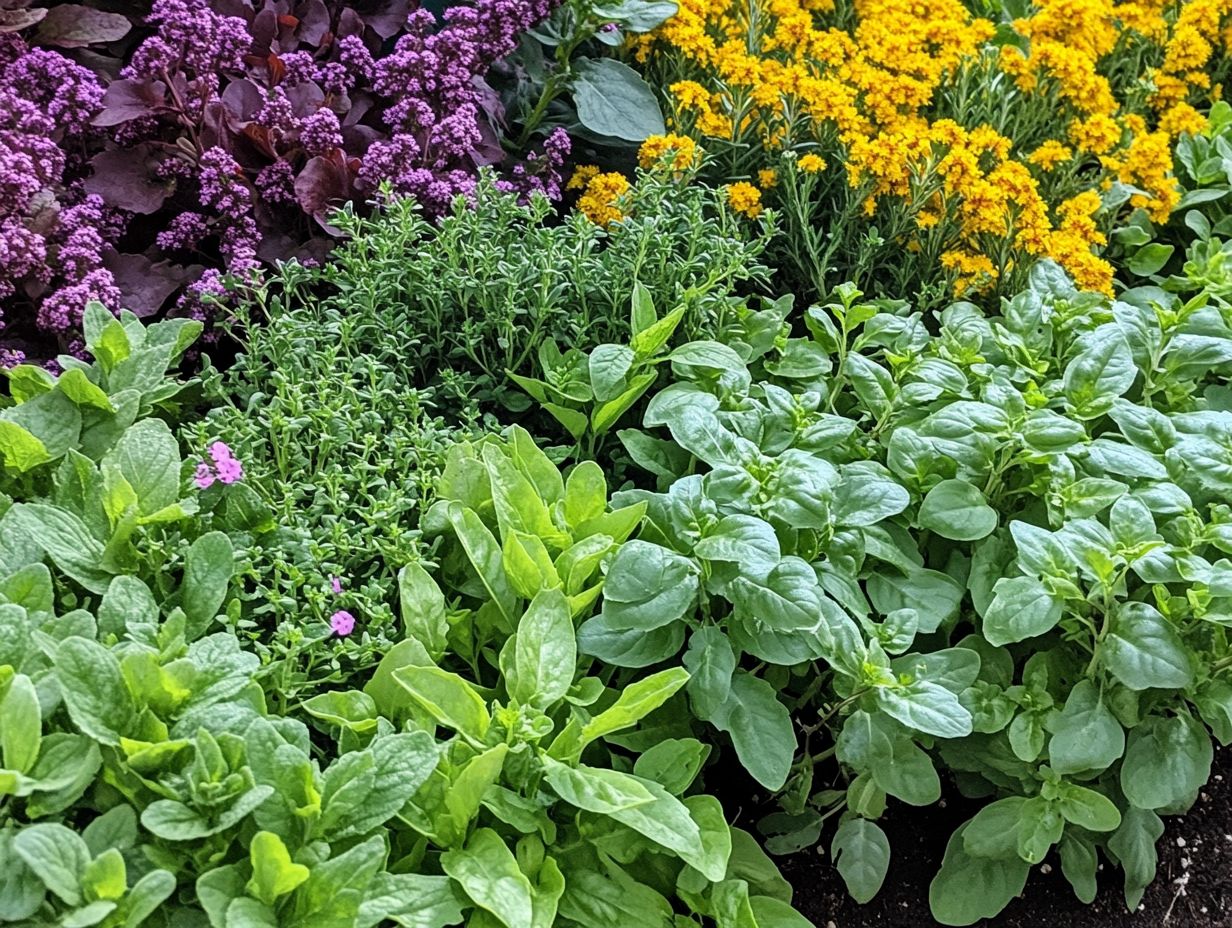
Using effective strategies for growing herbs in various climates is crucial for your herb cultivation journey and adapting to different environmental conditions, particularly through traditional ecological knowledge.
By focusing on specific approaches, such as selecting hardy native species that thrive in your local climate, you can significantly enhance your chances of success. Adjusting your planting schedules to align with seasonal growth patterns allows for greater flexibility and improved yields.
Another beneficial practice is adopting regenerative agricultural methods, which restore soil health and improve the ecosystem. These strategies empower you to create more productive herb gardens while enhancing ecological resilience, ensuring your cultivation efforts can thrive amidst the challenges of a changing climate.
Climate Change and Herb Production
Climate change presents serious challenges you must face in herb production. You need to adopt innovative mitigation strategies to address its negative environmental impacts.
With weather patterns becoming increasingly unpredictable, adjusting your practices to ensure the quality and availability of your herbal products is crucial.
Potential Impacts and Mitigation Strategies
The potential impacts of climate change on herb production are immense, making mitigation strategies essential for sustainable herbal farming. As the climate shifts, you may navigate unpredictable weather patterns that can dramatically influence crop yields and overall herb quality.
Rising temperatures, changing precipitation patterns, and increased pests and diseases can diminish production levels and compromise flavor profiles. To tackle these challenges effectively, engaging with local communities is vital; sharing traditional ecological knowledge optimizes growing practices and bolsters resilience.
By fostering collaboration among farmers, researchers, and consumers, you can implement strategies like crop diversification and organic farming to ensure your herb production remains sustainable and adaptable to the ever-changing environmental landscape.
Frequently Asked Questions
How do climate conditions affect herb growth?
Climate conditions play a crucial role in the growth and development of herbs. They influence the amount of sunlight, water, and nutrients available, as well as temperature and humidity levels, which directly impact growth.
How does temperature affect the growth of herbs?
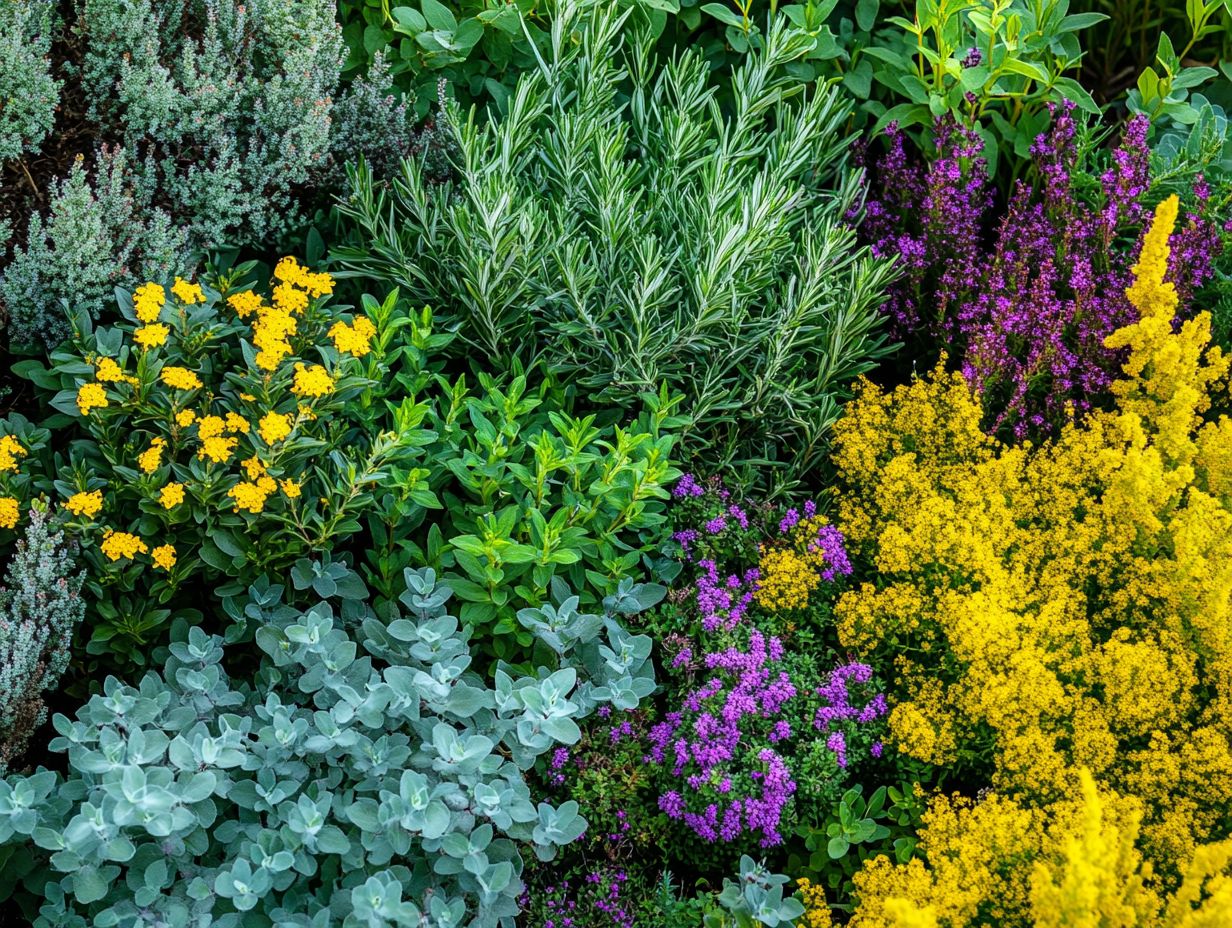
Temperature is a significant factor in herb growth. Some herbs prefer warm climates, while others thrive in cooler temperatures. Extreme temperatures, whether too hot or too cold, can stress plants and affect growth and flavor.
What impact does water have on herbs?
Water is essential for herb survival, but the amount and frequency of watering vary depending on the climate. Herbs in hot and dry areas may need more frequent watering, while those in cooler and wetter regions may require less.
Can herbs grow in any type of climate?
While some herbs can adapt to various climate conditions, most have specific preferences and requirements. For instance, Mediterranean herbs like thyme and rosemary thrive in hot, dry climates, while parsley and cilantro prefer cooler temperatures.
How does humidity affect the flavor of herbs?
Humidity levels can impact herb flavor. Herbs grown in high humidity tend to have a more diluted taste, while those grown in low humidity can possess a more intense and concentrated flavor. This is due to humidity affecting the rate of photosynthesis, which in turn influences the production of essential oils that give herbs their flavor.
What can I do to maintain the ideal climate for my herbs?
To keep your herbs thriving, check the temperature, humidity, and sunlight regularly.
You can use artificial shading or a greenhouse to create the best conditions.
Proper watering and fertilization are key.
They help your herbs stay healthy in any climate!

